Mastering winter preparedness involves important steps to insulate outdoor water pipes effectively against extreme weather conditions. Start by measuring the pipes and choosing suitable insulation material such as fiberglass, polyethylene, or rubber foam for its thermal properties and durability. Wrap the insulation meticulously around each pipe section, ensuring complete coverage without gaps, and secure it with durable tape or zip ties. Additionally, it is vital to insulate pipe joints and use heat tape when necessary to prevent freezing. Protecting your outdoor water systems not only prevents damage but also conserves energy. For further insights into maintaining your system throughout winter, consider exploring more detailed strategies.
Understanding Pipe Insulation Basics
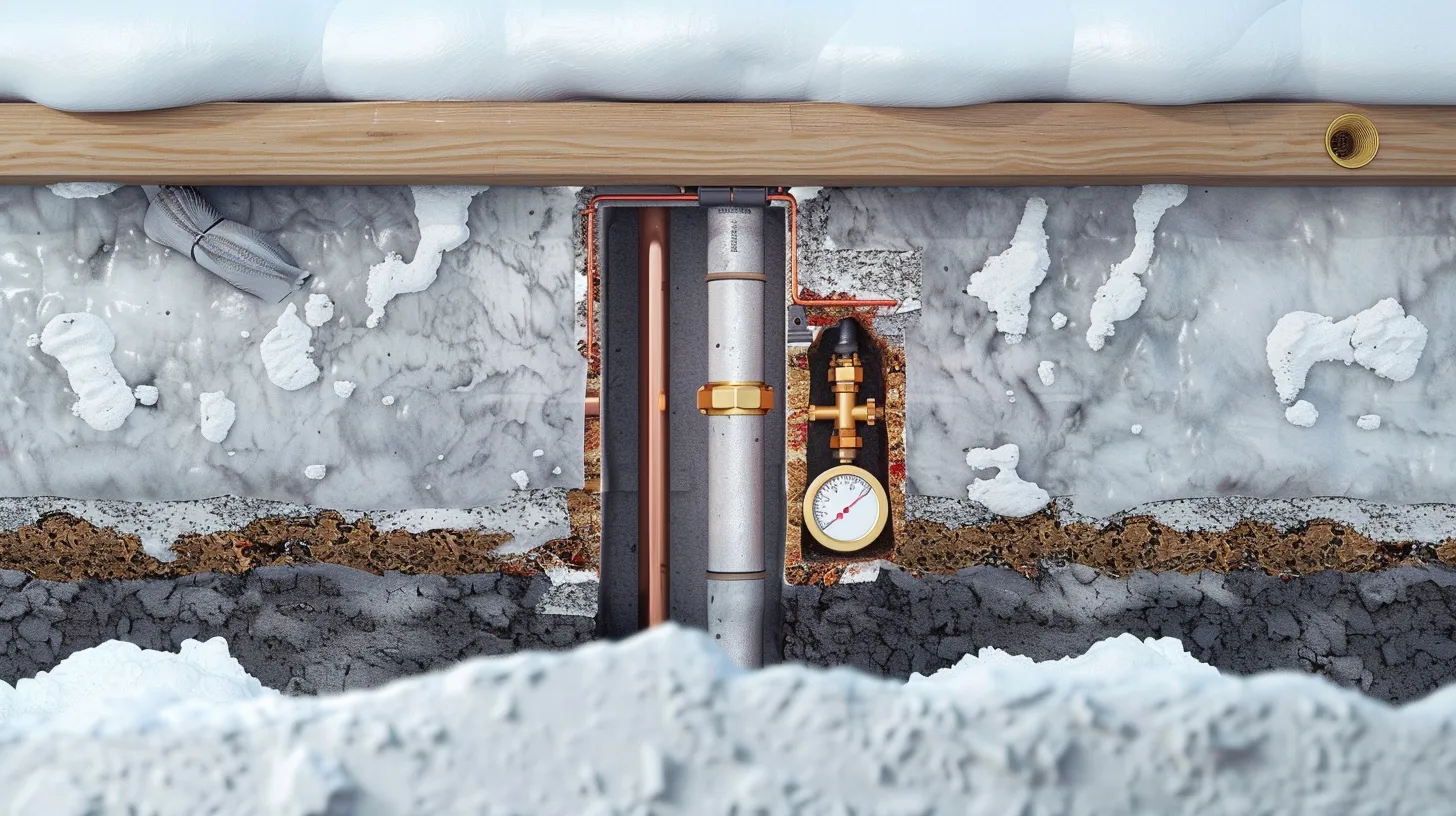
Pipe insulation is an essential measure for enhancing the efficiency and longevity of outdoor water pipes by mitigating heat loss and preventing freezing . Especially in regions prone to extreme cold , the insulation of pipes is not merely an option but a necessity. The primary aim is to maintain an adequate temperature within the pipes, ensuring continuous water flow and preventing the water from freezing, which can lead to extensive damage.
The effectiveness of pipe insulation largely depends on its thorough application along the entire length of the pipes. Skipping sections can lead to uneven heating or cooling, resulting in vulnerabilities where freezing can occur. This complete coverage is critical in extreme weather conditions where even a small section of exposed pipe can significantly impact the whole system.
Moreover, properly insulated pipes play a significant role in energy conservation . By reducing heat loss, less energy is required to heat the water to a usable temperature, leading to lower energy costs . This efficiency is particularly important during the winter months when energy use typically peaks. Insulation acts not only as a protective measure but also as a cost-effective strategy in managing outdoor water pipes.
Choosing the Right Insulation Material
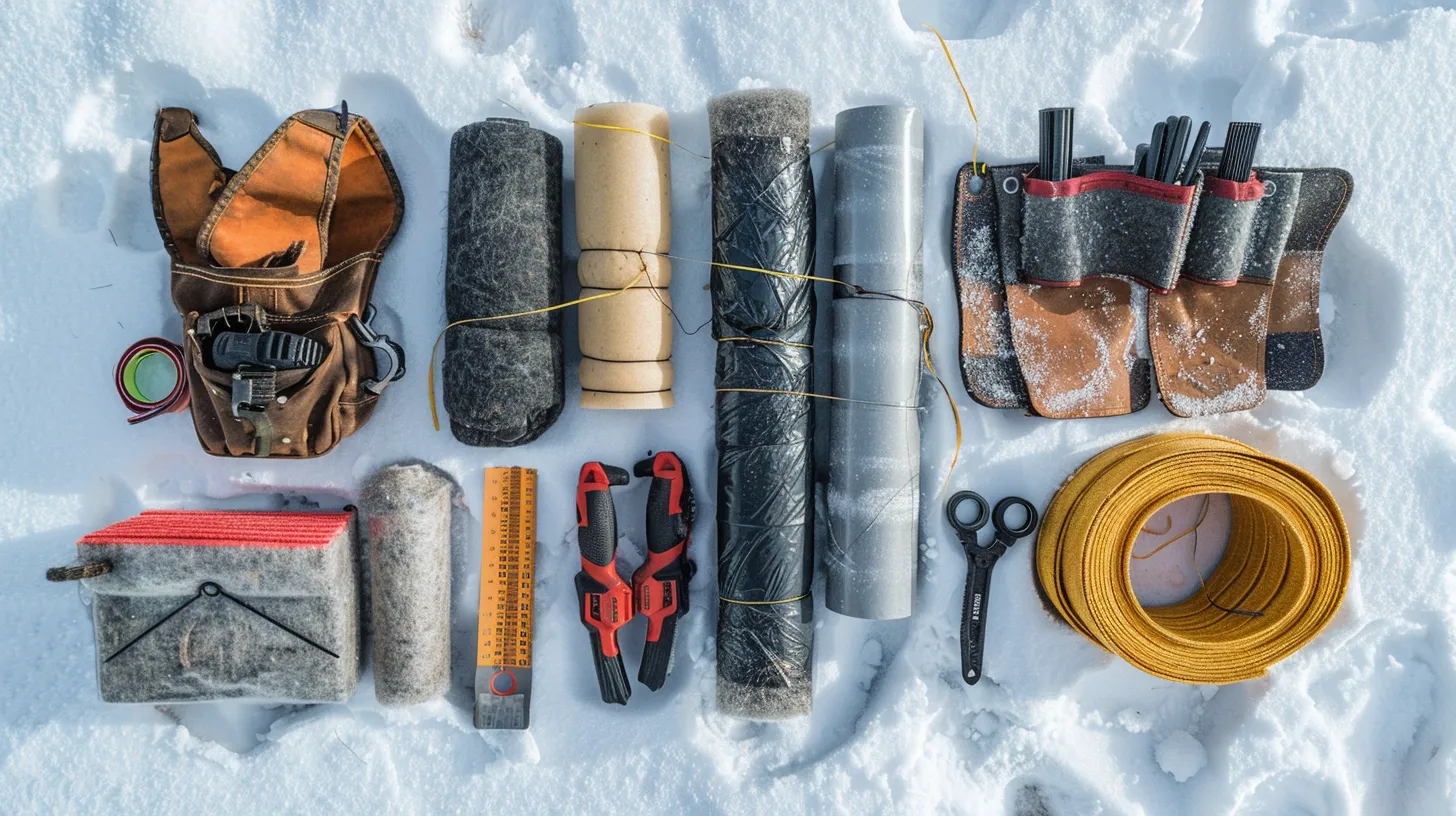
Selecting the appropriate insulation material is crucial for guaranteeing peak performance and durability of outdoor water pipes, especially in areas prone to extreme cold temperatures. Various materials offer different benefits, catering to specific needs and environmental conditions. Fiberglass pipe insulation is widely favored for its efficiency and cost-effectiveness. It provides substantial thermal resistance , making it suitable for moderately cold climates and protecting exposed pipes from freezing.
Polyethylene foam insulation is another popular choice, particularly valued for its lightweight nature and ease of installation. Its moisture resistance ensures long-lasting protection, an essential feature for outdoor applications where exposure to the elements is a concern. For pipes with irregular shapes or those requiring more flexible application options, rubber foam insulation is ideal due to its excellent thermal properties and adaptability.
Polyurethane foam insulation stands out in scenarios requiring resistance to higher temperatures, offering superior insulation value . Meanwhile, reflective foil insulation can be a beneficial addition, especially in conjunction with other insulation types. It effectively reflects heat back towards the pipe, adding an extra layer of protection against the cold, thereby enhancing the overall insulation strategy for exposed outdoor pipes.
Step-by-Step Insulation Installation
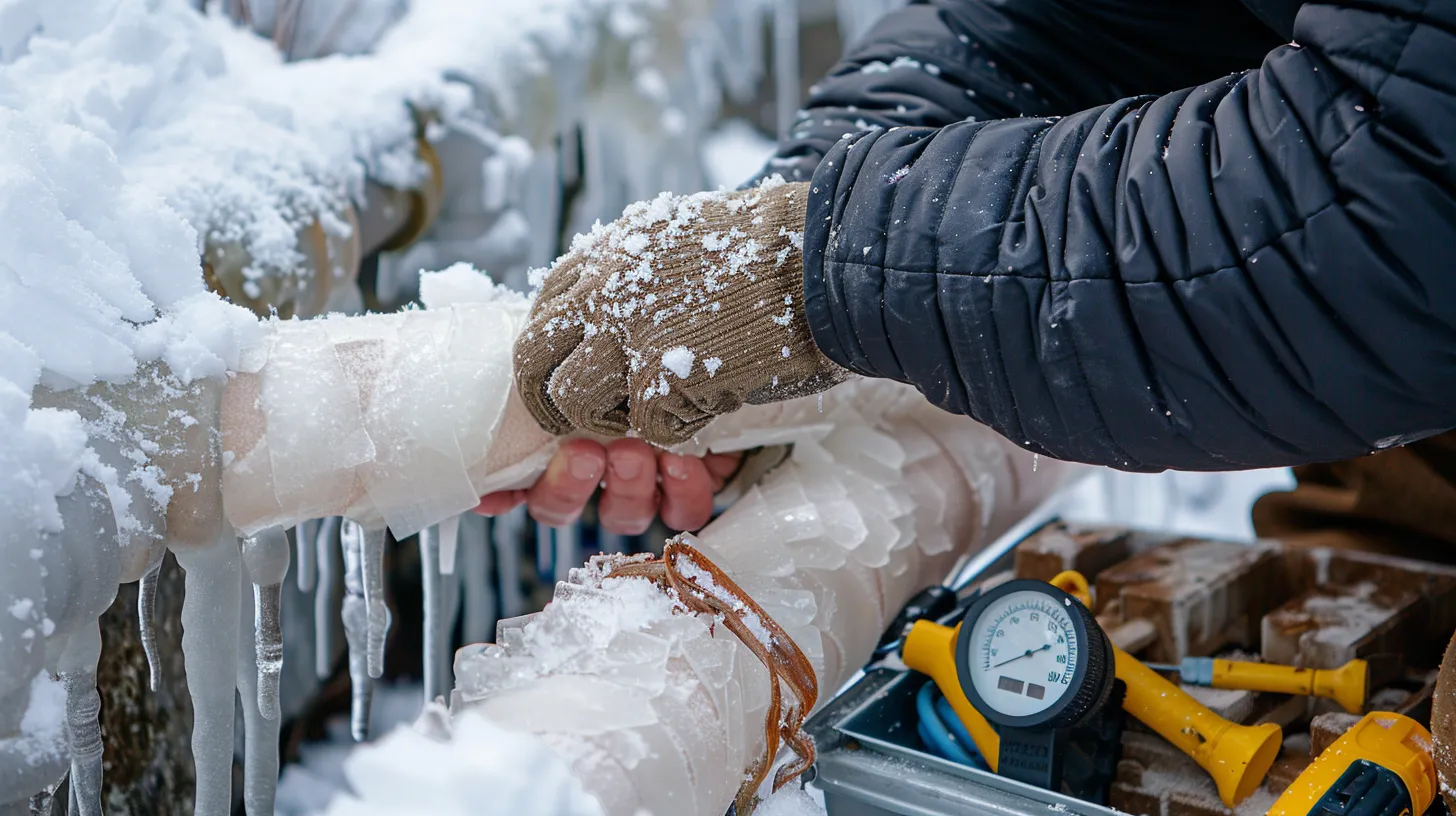
Begin the installation process by measuring the total length of your outdoor pipes to accurately calculate the required amount of insulation material . This initial step is essential to prevent scenarios where water pipes freeze during extreme weather conditions. After determining the length, select the appropriate insulation type—such as foam sleeves or fiberglass wraps —that best suits the environmental demands and the pipes' characteristics.
For the actual insulation installation , carefully wrap the chosen material around each pipe segment. Start from one end and progressively work your way to the other, ensuring that the insulation is snug and covers the pipes completely without gaps. To secure the insulation , use durable tape or zip ties, which will hold the material in place even in harsh weather conditions. This method not only helps in safeguarding the pipes against freezing temperatures but also enhances the overall effectiveness of the thermal barrier .
Importance of Protecting Pipe Joints
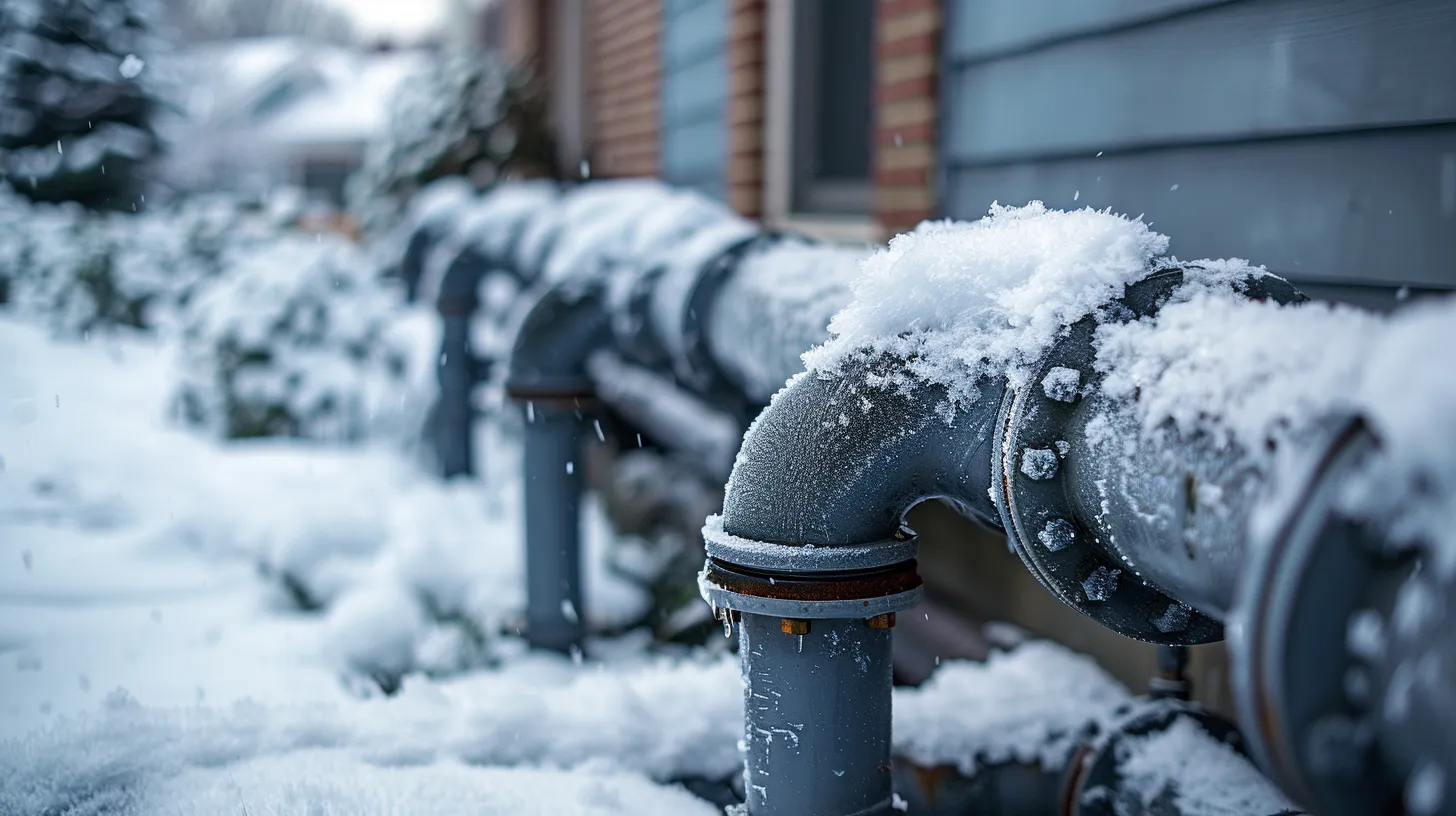
Ensuring the integrity of pipe joints through proper insulation is crucial for preventing leaks and maintaining efficient water flow during cold seasons. Pipe joints, the critical points where water pipes connect, are particularly susceptible to the harsh impacts of freezing temperatures . Without adequate insulation, these vulnerable sections can freeze rapidly, leading to increased pressure and potential leaks or bursts, disrupting water supply and causing extensive damage.
Insulating pipe joints effectively mitigates these risks by providing a thermal barrier that retains heat within the pipes and minimizes the likelihood of water freezing . This not only preserves continuous and efficient water flow but also safeguards against the contraction and expansion of pipes caused by fluctuating temperatures. Such temperature variations can weaken joints over time, leading to failures and significant maintenance challenges .
Furthermore, the strategic sealing and insulation of these joints are cost-effective measures that prevent the exorbitant expenses associated with repairing water damage from burst pipes . Ultimately, protecting pipe joints is essential for the durability and reliability of the entire water supply system in extreme weather conditions , ensuring long-term performance and stability.
Using Heat Tape Effectively

While protecting pipe joints is essential, another effective measure to prevent the freezing of pipes is the use of heat tape . This specialized electrical heating element is adept at maintaining a constant, low-level heat , which is important for keeping pipes from freezing in extremely cold conditions. Heat tape is particularly beneficial for pipes that are exposed to severe weather elements and those located in unheated or vulnerable areas of a property.
To make sure that heat tape functions effectively, it must be installed correctly and paired with proper insulation . The insulation helps maintain the heat provided by the heat tape, thereby enhancing the overall efficiency of this freeze prevention method . It is not enough to just install the heat tape; it should be enveloped with a quality insulation material that complements the tape's thermal capabilities .
Additionally, regular monitoring of the heat tape is essential. Homeowners and maintenance personnel should routinely check that the heat tape is functioning correctly and that no part of the pipe system is left unprotected or exposed to cold air. This proactive approach ensures the longevity and effectiveness of the heat tape, providing continuous protection against the harsh winter conditions .
Tips for Exterior Faucet Care
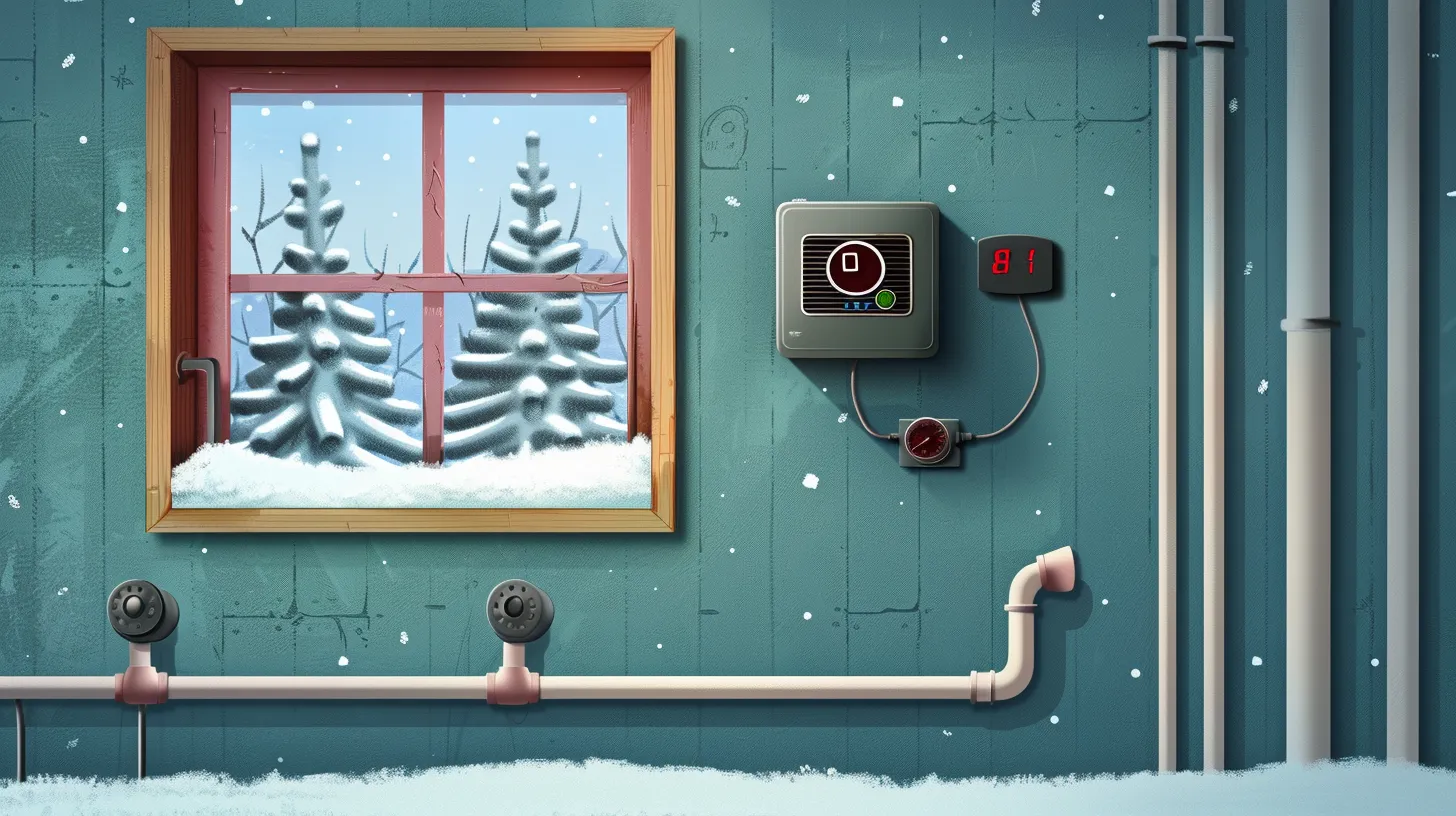
To protect your home during winter, it is essential to properly insulate and maintain outdoor faucets to prevent freezing and potential water damage.
Insulating your outdoor faucets can greatly reduce the risk of pipes freezing , which is a common issue in extreme weather conditions. One effective method is to use specialized faucet covers or even wrap them in towels to provide an additional layer of insulation. This simple step helps to safeguard your pipes by keeping the cold out and the warmth in.
Furthermore, it is important to disconnect and thoroughly drain outdoor hoses . Water left in hoses can freeze and expand, causing both the hose and the connected pipes to burst . After draining, store these hoses in a warm location to avoid damage from low temperatures. For enhanced protection, consider installing frost-proof outdoor faucets . These are specifically designed to resist freezing temperatures and can be a worthwhile investment for regions experiencing severe winter conditions.
Lastly, regular maintenance of outdoor faucets is essential. Periodically checking these faucets for leaks or damage and repairing them promptly can prevent more severe issues when the cold intensifies, ensuring longevity and functionality throughout the season.
Maintaining Interior Temperature
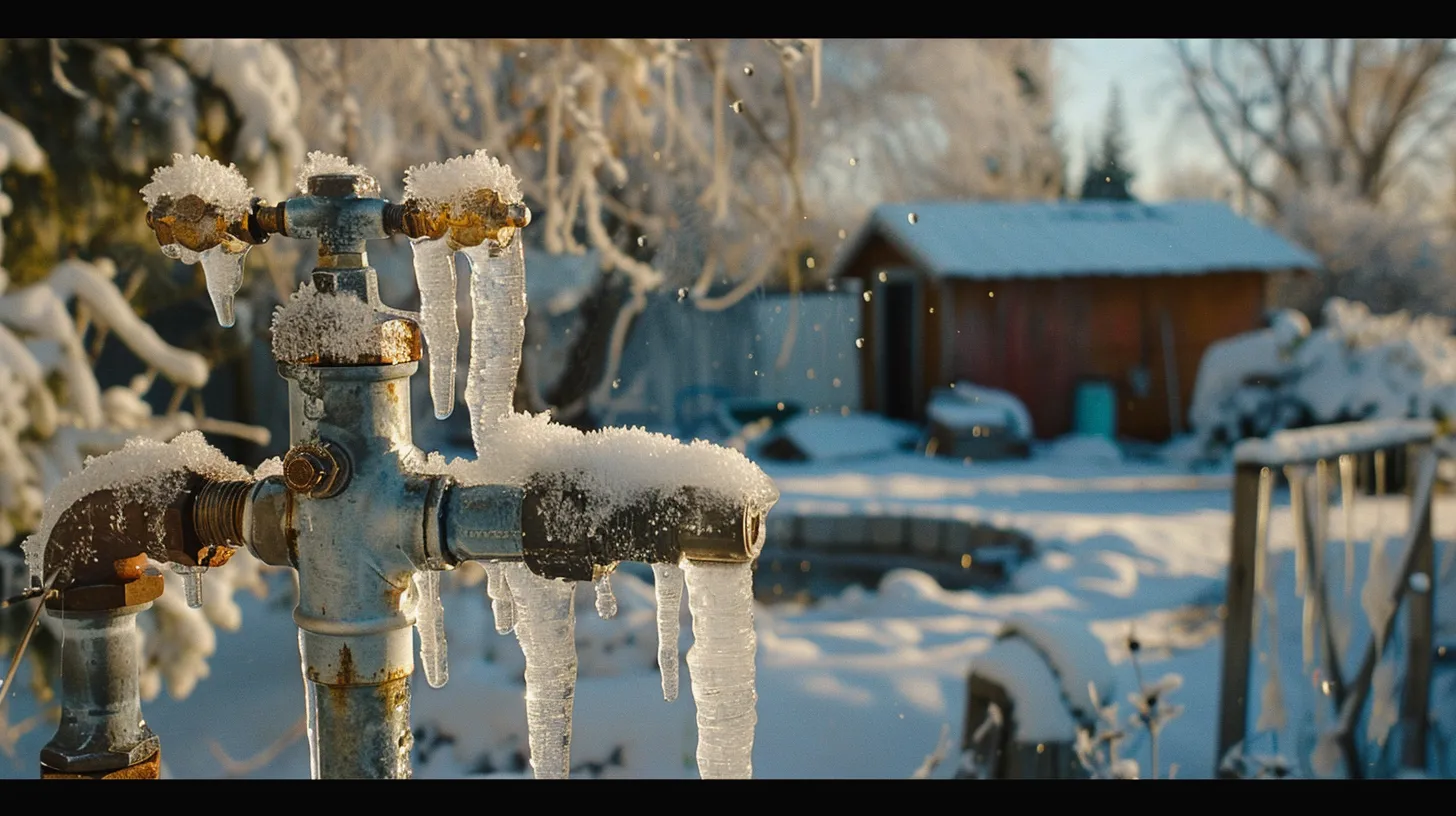
In addition to safeguarding outdoor faucets , maintaining a consistent interior temperature is key to preventing the freezing of outdoor water pipes during severe weather conditions. Setting your thermostat to a minimum of 55 degrees Fahrenheit ensures that the environment within your home remains warm enough to protect the water supply in external pipes from the harsh cold. This practice is essential not only for comfort but also for the structural integrity of your plumbing system.
Furthermore, insulating walls and attics is an effective strategy for retaining heat indoors. Proper insulation acts as a barrier against the cold, thereby safeguarding your water pipes from the detrimental effects of freezing temperatures . This measure not only helps in maintaining interior temperature but also enhances overall energy efficiency , reducing heating costs during the winter months.
Additionally, minor adjustments like allowing faucets to drip slowly and opening both hot and cold water faucets slightly can be beneficial. These actions help maintain a continuous flow through the pipes, further preventing the water supply from stagnating and freezing. Collectively, these steps form a holistic approach to maintaining a warm interior environment, important for protecting outdoor water pipes in winter.
Recognizing Early Signs of Freezing
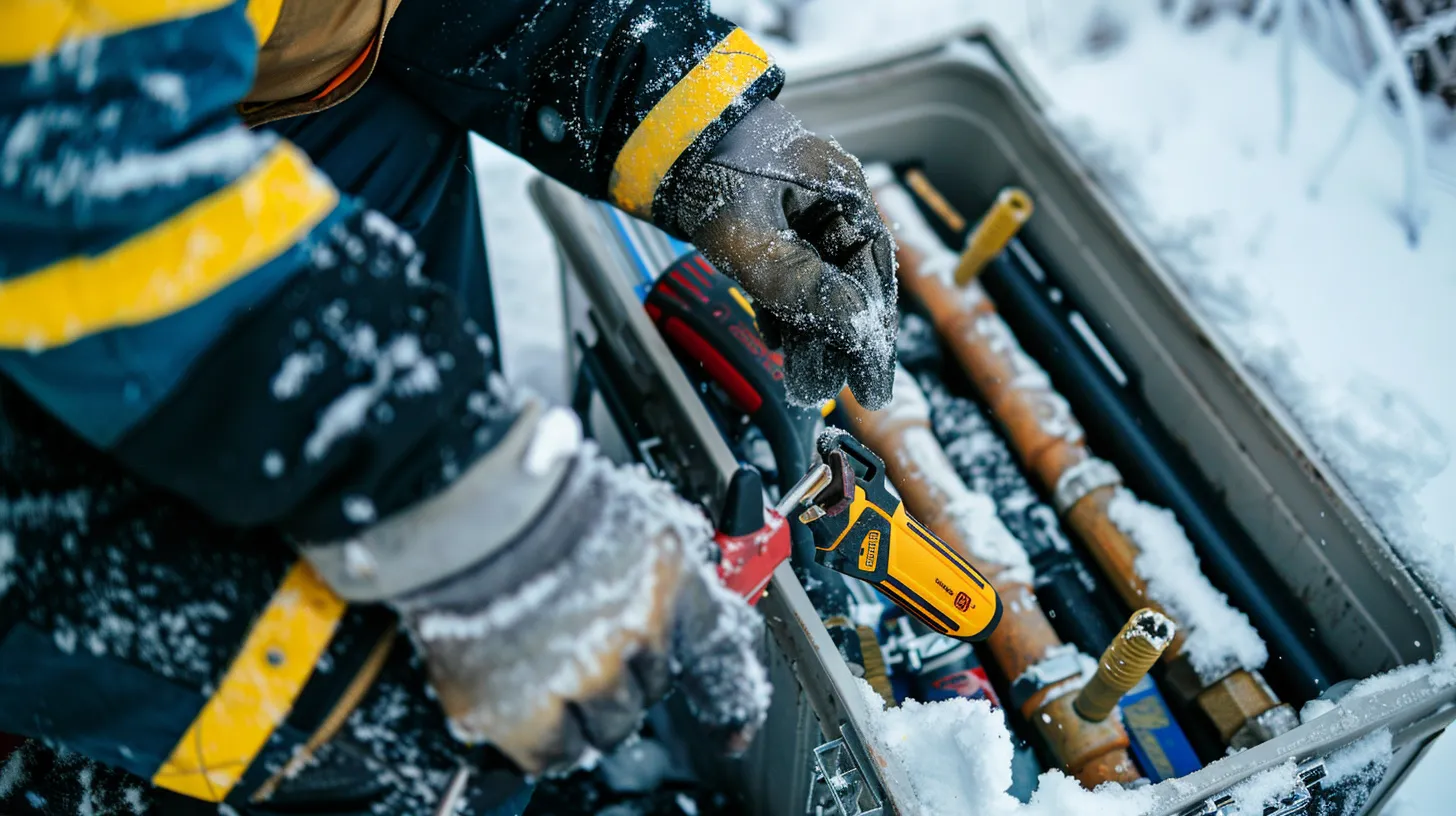
Recognizing early signs of freezing in outdoor water pipes is essential for preventing significant damage and ensuring timely intervention. As temperatures drop, staying vigilant about the condition of your water pipes can save you from costly repairs. Prepare Your Pipes by understanding and identifying the warning signs of potential freezing.
One of the first indicators is a noticeable reduction in water flow , which might suggest ice formation within the pipes. This can progress to a complete blockage , where no water flows from your faucets. Additionally, if frost appears on the exterior of the pipes, it's a strong indication that the water inside may be frozen. This external frost can often be spotted during routine inspections of exposed piping.
Listening for unusual noises like banging or clunking coming from the pipes can also be an important alert. Such sounds occur as expanding ice creates pressure within the pipes. Additionally, visible condensation or the presence of ice on the outside surfaces of pipes should not be ignored, as these are clear signs of freezing conditions.
Lastly, a sudden drop in water pressure or a total cessation of water delivery are significant signs that freezing has occurred. Recognizing these early signs of freezing is important to managing and mitigating the risks associated with frozen pipes.
Emergency Measures for Frozen Pipes
Having identified the early signs of freezing in outdoor water pipes , the next step involves implementing emergency measures to manage and mitigate the damage. The foremost action is to locate the water shut-off valve and turn it off immediately. This prevents any more water from flowing into the pipes, thereby averting further expansion and potential bursts.
Next, identify the frozen pipe by scanning for unusually cold sections or visible frost on its exterior . Once pinpointed, gently warm the frozen section using safe heat sources such as a hair dryer or warm, damp towels. Avoid using open flames or high heat devices, as these can damage the pipes or pose a fire risk.
Simultaneously, open the faucets connected to the affected pipe. This helps relieve pressure build-up within the pipe and allows water to flow out once thawing begins, reducing the likelihood of the pipe bursting. If these efforts do not resolve the issue, or if you discover a burst pipe , it is critical to contact a professional plumber immediately for expert intervention.
Prompt and proper handling of emergency measures can substantially minimize the damage from a frozen pipe scenario, ensuring the integrity and functionality of your plumbing system during cold spells.










